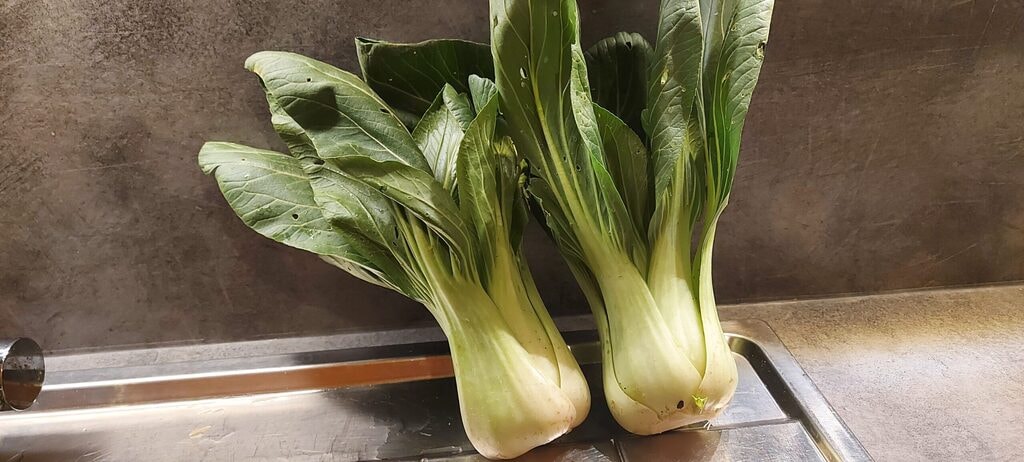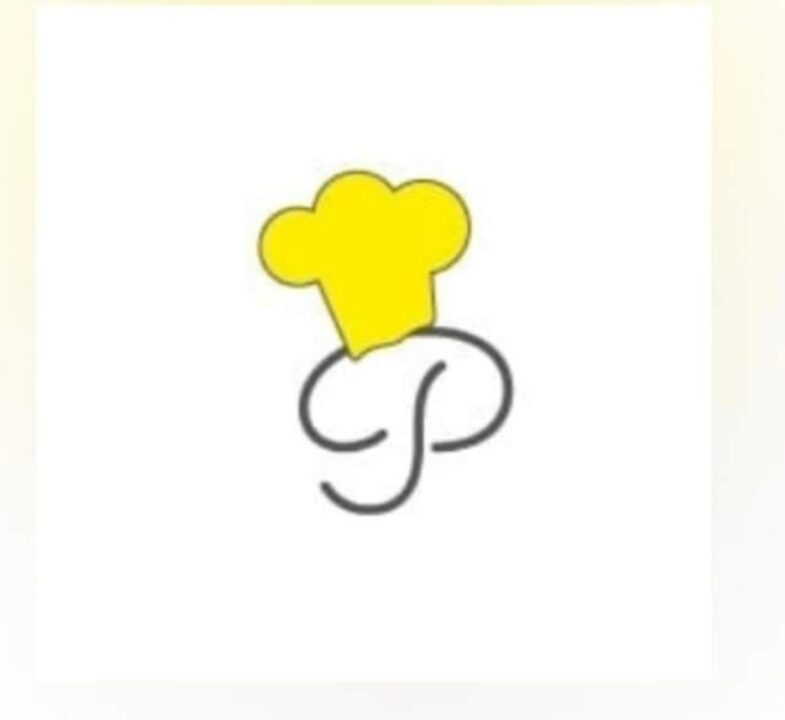
- Difficulty: Very easy
- Cost: Inexpensive
- Preparation time: 10 Minutes
- Portions: 2
- Cooking methods: Oven
- Cuisine: Asian
- Seasonality: Spring, Summer, and Autumn
- Energy 219.76 (Kcal)
- Carbohydrates 17.99 (g) of which sugars 3.01 (g)
- Proteins 4.97 (g)
- Fat 15.38 (g) of which saturated 2.29 (g)of which unsaturated 0.79 (g)
- Fibers 2.53 (g)
- Sodium 825.37 (mg)
Indicative values for a portion of 140 g processed in an automated way starting from the nutritional information available on the CREA* and FoodData Central** databases. It is not food and / or nutritional advice.
* CREATES Food and Nutrition Research Center: https://www.crea.gov.it/alimenti-e-nutrizione https://www.alimentinutrizione.it ** U.S. Department of Agriculture, Agricultural Research Service. FoodData Central, 2019. https://fdc.nal.usda.gov
About Pak Choi or Chinese Cabbage
Pak choi or Chinese cabbage can be eaten raw due to its tenderness and therefore does not need to be cooked for long. Chinese cabbage is rich in fiber and helps to cleanse, contains very few calories and this makes it even more loved by those on a controlled diet.
Pak choi or Chinese cabbage can be eaten raw due to its tenderness and therefore does not need to be cooked for long. Chinese cabbage is rich in fiber and helps to cleanse, contains very few calories and this makes it even more loved by those on a controlled diet.

